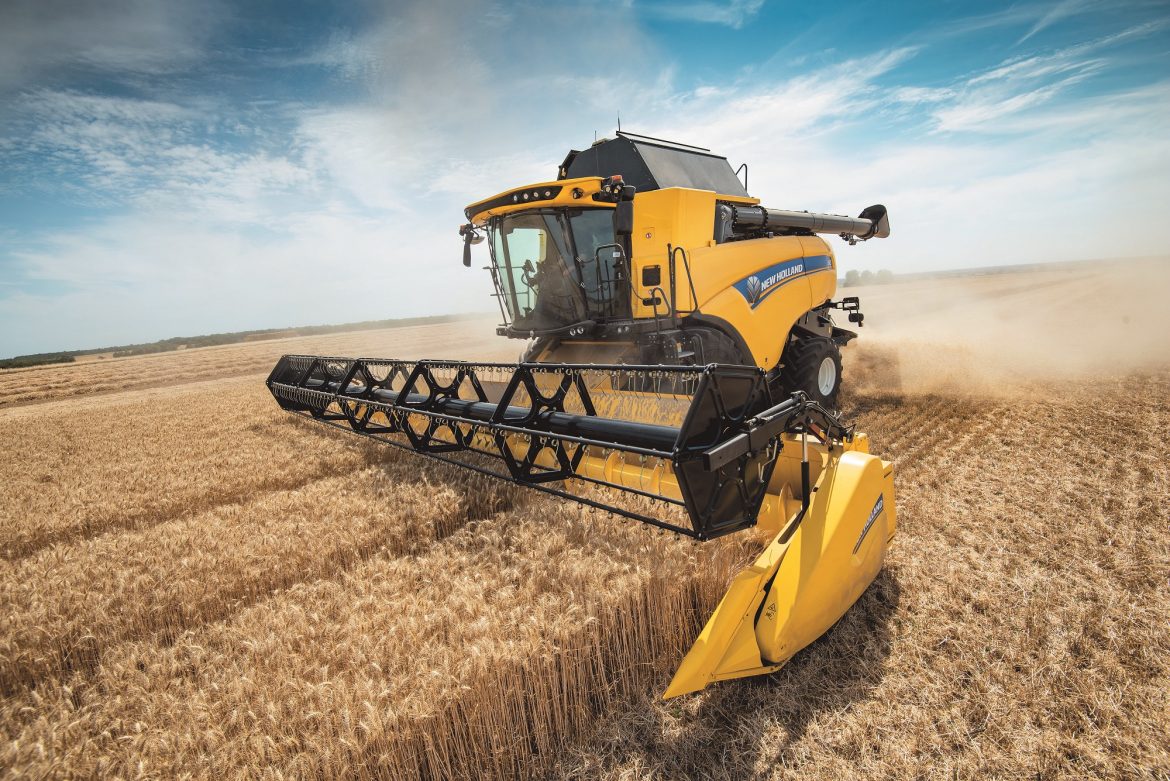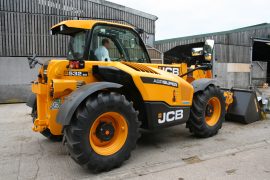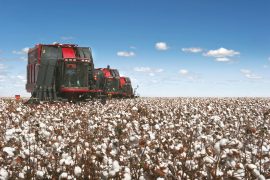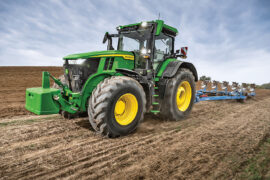Dermot Forristal of Teagasc says that as a combine operator you need to develop a combine cleaning routine when moving field or site in order to prevent the spread of grass weeds that threaten the very viability of cereal growing in Ireland. It is important for all contractors and other machinery operators who move from farm to farm, to ensure that they practice good cleaning protocols to ensure that we eliminate the spread of grass weeds, especially Blackgrass from our cereal fields.
In the first instance Dermot advises assembling the necessary brushes, possibly a leaf blower with compressed air and that operators always manufacturer’s cleaning guidelines. Follow a strict safety protocol. The combine engine must be stopped when carrying out manual cleaning of the combine.
Here is Dermot Forristal’s recommended combine cleaning routine when moving field or site
• Leave thresher and header drive engaged on completing the field while emptying grain.
• Select a grass field or a known area of the field to clean the combine.
• Remove all external chaff, awns and crop material from header, elevator /feed house.
• Start and engage all working sections of the combine (header, threshing, chopper, auger)
• Engage ‘cleaning programme’ if available on in-cab controls. Otherwise change combine fan and sieve opening positions to vary, volume, pressure and direction of air.
• With combine turned off, clean all external surfaces and areas under guards using leaf blower or brush. Pay particular attention to header, conveyor/elevator, combine axles etc.
• Open stone trap, and all conveyor, threshing and sieve access points, to allow material to fall out, or allow air from blower or compressed air in, to dislodge any crop residue.
• Clean down grain tank, but only if it is accessed safely and the combine is stopped.
• Only if it is safe to do so, run the combine with cleaning access points open.
• On completion and with guarding refitted, run the combine again to eject loosened material.
• After travelling to a new site, give a quick external clean and run the combine in a stationary position to allow dislodged material to be ejected before starting in the new field.
• Always record where the combine starts in the field and repeat the initial path each season and if cropping allows, start in the same field each year when moving to a new farm.
Balers and other machines
Balers and rakes will also need attention to prevent the spread of grass weeds. The advice from Teagasc is as follows:
• Clean thoroughly and prepare as with combine before season starts.
• Always eject all straw and partially completed bales before leaving a site.
• Use a leaf blower or brushes to remove any chaff from all parts of the baler.
• Clean the tractor too, particularly around the rear linkage, axle and under cab areas.
• Following road transport, give a quick clean again and run the baler while stationary.
• Keep record of the first field and direction/position of the first bale. Follow a safe practice for any cleaning procedure.
• Tractors, rakes, trailers, loaders and all farm vehicles should be cleaned.
• Never dismount the tractor to manually clean any part of the machine when it is running.





